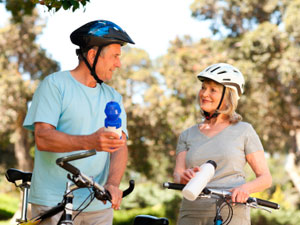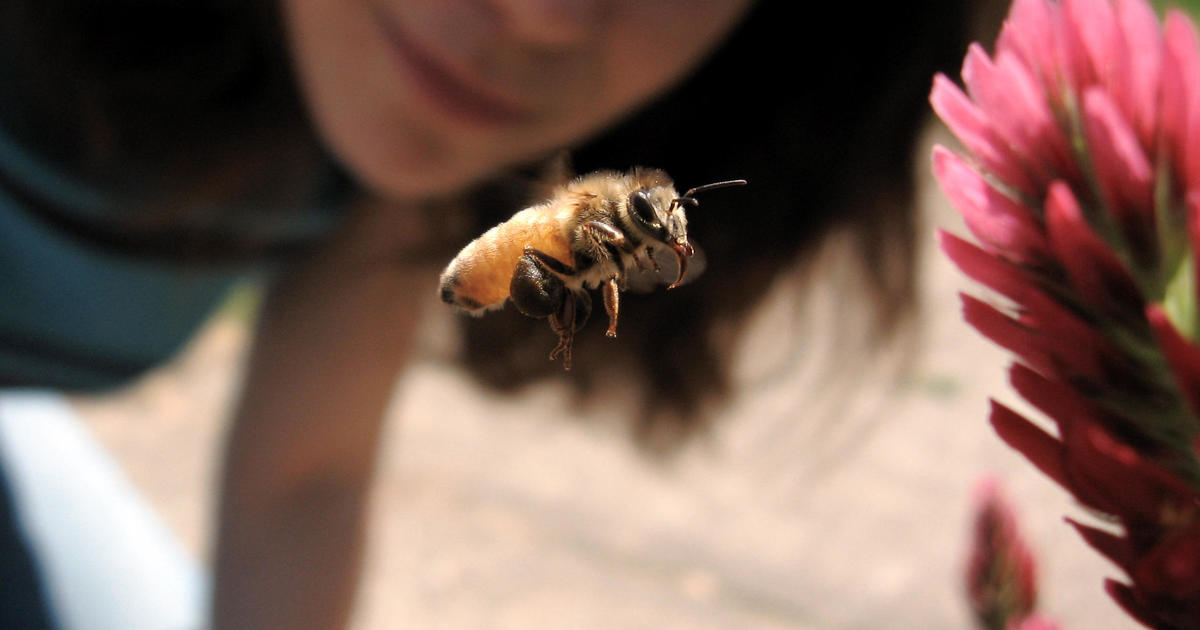Staying Safe In The Summer Heat
When the temperature climbs, being outside can not only be uncomfortable, it can be deadly.
Below are some tips from the Office of Emergency Management to help you keep cool and safe during a summer scorcher.
Related: A Guide To Summer Safety
Basic Tips
- Stay indoors in air conditioning as much as possible.
- If you do go outside, stay in the shade.
- If your home is not air-conditioned, spend at least two hours daily at an air-conditioned mall, library or other public place.
- Wear sunscreen outside along with loose-fitting, light-colored clothes that cover as much skin as possible.
- Drink water regularly even if you are not thirsty. Limit alcohol and sugary drinks which speeds dehydration.
- Never leave children or pets alone in the car.
- Avoid exertion during the hottest part of the day.
- Take a cool shower or bath.
- Make sure to leave plenty of water for your pets.
- Be a good neighbor, check on elderly and people with disabilities in your community who may need assistance keeping cool.
- Additionally, residents should contact their local and/or county offices of emergency management regarding any open air-conditioned senior centers or cooling stations.
- Encourage them to use their AC or help them get to a cool place.
- Make sure they are drinking enough water.
- During heat emergencies, NYC Cooling Centers are open.
- For locations and hours, call 311 or visit www.nyc.gov/oem
Heat Stroke
What Is It and How Do I Get It? Heat Stroke results from having an abnormally elevated body temperature. Whenever our body works out, it naturally generates heat, which usually escapes through the skin or through the evaporation of sweat. However, when you work out in extreme heat or humidity (or when you work out at a high intensity outside and do not hydrate yourself), the heat your body produces may not be able to dissipate well enough and your body temperature rises, sometimes up to 106°F or higher.
Infants, the elderly, athletes and those who work outside and physically exert themselves under the sun for a living are those at highest risk for heat strokes.
How Do I Know It's Heat Stroke? Heat stroke symptoms can sometimes mimic those of a heart attack or other conditions. Often, an individual will experience signs of heat exhaustion before the condition escalates to heat stroke. Heat exhaustion symptoms include nausea, fatigue, headache, muscle cramps, dizziness, weakness and vomiting.
Heat stroke symptoms include a high body temperature, the absence of sweating, red or flushed dry skin, rapid pulse, difficulty breathing, hallucinations, disorientation, agitation, seizure and/or coma.
Prevention: Avoid working out in high-temperature or humidity environments. If you cannot avoid physical exertion in these environments, be sure to frequently hydrate yourself to help keep your body temperature down and take breaks as often as possible. Also, avoid drinking caffeine, alcohol or tea, as this may lead to dehydration.
Treatment: Heat stroke is a medical emergency that can lead to brain or organ damage and even death. If you or someone around you is exhibiting symptoms of a heat stroke, immediately call 911.
• While you're waiting for emergency medical services, get the victim to a shady area, remove clothing, apply cool or warm water to the skin, fan the victim to promote sweating, and place ice packs under the armpits and groin.
• Further treatment must be administered by a trained medical professional.
Sunburn
Anyone who's spent a long day out in the summer sun is more than likely familiar with sunburn.
How Do I Get It? Sunburn is literally a burn to the skin caused by the sun's ultraviolet rays and anyone can get it from being out in the sun.
 (Credit: Thinkstock)
(Credit: Thinkstock)
How Do I Know It's Sunburn? Sunburn is recognized by red or reddish skin in areas that have recently been exposed to the sun. The skin is hot to the touch and often painful. Other symptoms include peeling skin or blisters where the burn was most severe. Individuals with fair or light-colored skin are at a greater risk of sunburn injury.
Prevention: If you're going to be out in the sun, the best way to protect yourself is to apply sunscreen 15-30 minutes before heading outside.
For the most complete protection, apply a sunscreen with an SPF of 15 or higher that has both UVA and UVB protection to shield your skin from both the sun's burning rays (UVB rays) and it's aging rays (UVA rays) that are connected to melanoma skin cancers. If you plan to be active or go in the pool, make sure you use a sweatproof/waterproof sunscreen.
For best application, use about a tablespoon of sunscreen to cover your entire face and ears, and use about a shot glass full to cover each of the other exposed parts of your body. Reapply every three hours.
Treatment:
• Over-the-counter medications such as ibuprofen and aspirin are helpful in reducing pain, especially when taken early on.
• Aloe vera gel helps to cool and calm the skin as well as reduce pain and promote healing. The gel forms a protective layer on the skin that seals in valuable moisture, preventing dehydration and promoting faster healing.
• For mild sunburn, cool compresses with equal parts milk and water calm the skin. Apply to the sunburned area for 15-20 minutes at a time.
• Avoid scrubbing or shaving the skin.
• Of course, stay out of the sun while you're sunburned.
For severe burns, see your doctor.





